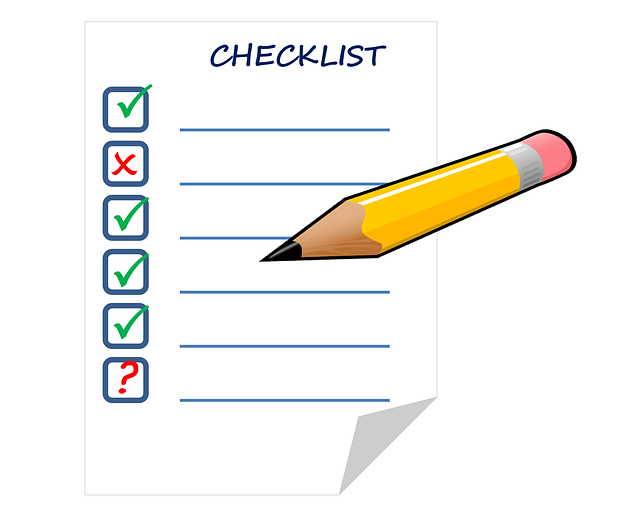In the dynamic real estate sector, success depends on understanding market forces like location, demand, economic indicators, remote work trends, and smart home technologies. Effective marketing strategies integrate diverse channels, including digital platforms (social media, email, SEO), traditional methods (print ads, local events, partnerships), and personalized messaging to build expertise and trust. Competitive property pricing, based on accurate valuations, market research, local trends, and unique features, attracts buyers, accelerates sales, and positions properties as top deals, creating buzz and meeting expectations.
In the dynamic realm of real estate, setting the right price and crafting a winning marketing strategy are paramount to success. This article guides you through the intricate process of understanding market dynamics, identifying pricing factors, and implementing effective marketing tactics. From recognizing trends that influence property values to creating strategies that maximize exposure, you’ll discover essential insights for both attracting buyers and appealing to sellers. Master the art of competitive pricing and elevate your real estate game.
Understanding Real Estate Market Dynamics: Pricing Factors and Trends

In the dynamic world of real estate, understanding market dynamics is paramount for successful pricing and marketing strategies. Several factors influence property values, including location, market demand, economic conditions, and competitive offerings. Location remains a key driver; properties in desirable neighborhoods or areas with growing amenities tend to command higher prices. Market demand, fueled by demographic shifts, job opportunities, and lifestyle preferences, significantly impacts pricing trends. Economic indicators, such as interest rates and inflation, also play a crucial role in shaping real estate values over time.
Additionally, keeping pace with emerging trends is essential. For instance, the rise of remote work has led to increased demand for properties outside urban centers, while sustainability and smart home technologies are becoming expected features among buyers. Staying attuned to these dynamics allows professionals to set competitive prices and craft marketing strategies that resonate with current market conditions.
Crafting an Effective Marketing Strategy for Maximum Exposure

Crafting an effective marketing strategy is paramount in the competitive real estate market. To maximize exposure, developers and agents should integrate diverse channels to reach a broader audience. This includes leveraging digital platforms like social media, email campaigns, and search engine optimization (SEO) to boost online visibility. Additionally, traditional methods such as print advertisements, local events sponsorship, and partnerships with relevant businesses can significantly enhance brand awareness.
A well-rounded marketing strategy should also cater to the target audience’s preferences. Understanding their needs, demographics, and behaviors allows for personalized messaging that resonates deeply. Tailored content, whether in the form of captivating listings videos or informative blog posts, not only engages potential buyers or renters but also establishes expertise and builds trust. Consistent branding and a unified message across all platforms reinforce the real estate brand’s identity, making it more memorable and credible.
Setting Competitive Prices: Strategies to Attract Buyers and Sellers

Setting competitive prices is a critical aspect of a successful real estate marketing strategy. To attract both buyers and sellers, it’s essential to strike a balance between valuing properties accurately and making them appealing in a crowded market. Researching comparable sales, analyzing local trends, and considering unique property features are effective strategies for determining optimal pricing. By understanding the current market dynamics, you can price homes in a way that highlights their value while remaining attractive to potential buyers.
Competitive pricing encourages more interest from buyers, leading to quicker sales and potentially higher profits for sellers. For marketing materials, emphasize the competitive price as a key selling point alongside property highlights. This strategy not only generates buzz but also helps set expectations, ensuring interested parties understand why the property is considered a great deal within the context of the local real estate market.






